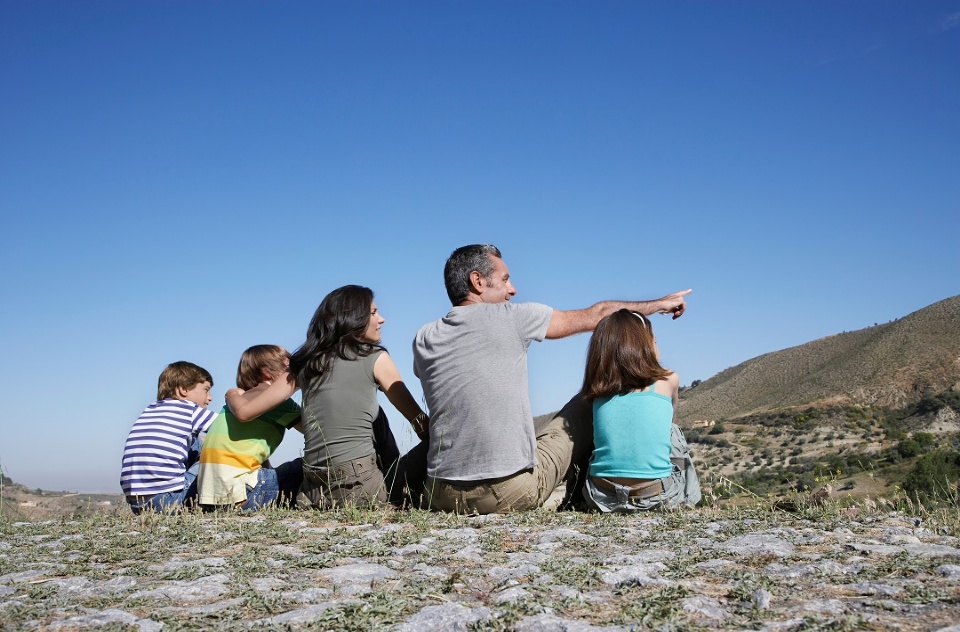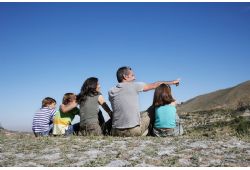What exactly is mindfulness? And can children participate? In simple terms, mindfulness is slowing down. It’s living in the moment and observing what is all around. It’s fully feeling the moment. It’s teaching how to live in the moment.
People who practice mindfulness are often able to accept their current situation without judgement and able to base an action from a better place within. Children are already sensitive to experiencing each moment as it occurs, however, everyday life of rushing to school, sports and appointments can hinder that gift. Parents and teachers are overwhelmed with everyday routines at home and in the classroom.
There are three aspects of mindfulness to consider when trying to practice. Intention is the reason for practicing mindfulness. It may be to help reduce stress and anxiety among children. It may be to promote healthier choices for eating, sleeping and use of screen time. When an intention to be fully present is established, it can lead to other healthy lifestyle improvements. It’s a great tool for children, parents or teachers to slow down and reconnect with themselves and to others.
Attitude is the focus on certain attitudes and behaviors. This is promoting kindness, compassion, and sympathy. It can also be observing the emotions or behaviors that come from living in each moment from a different perspective. It’s reinforcing a positive outlook on difficulties or encounters and relationship building.
Attention is the type of action taken to promote mindfulness. Mindfulness can be incorporated into everyday life. This can be sound therapy by using chimes to promote relaxation. In a classroom environment, a chime instrument can be used to start off the morning class by closing the lights and focusing on the sound it makes. At home, sound therapy can be used to help set the mood for bedtime routines for children who have difficulty winding down at the end of the day. A few rounds of chimes can promote rest and calmness.
Guided meditation for children can be used to promote tranquility. Meditation can be done in the school yard, classroom, bedroom or even in the car. It’s a simple technique that encourages slowing down and being in the moment. Breathing exercises are a great way to calm the mind and bring back the focus. Just like brain breaks for the classroom, breathing breaks can be offered to help encourage mindfulness.
Sensory experiences such as a water or sand table can easily be incorporated in the classroom or at home. Using different play tools for the water and sand table can encourage imaginary play as well. Mindfulness movement is another mindful action to foster a slowing down lifestyle. Simple yoga moves, like cat pose or child’s pose can have a huge impact for physical and mental wellbeing.
Practicing mindfulness for a few minutes each day can help lower anxiety, depression and increase memory and clarity. It can boost acceptance and empathy without judgement. Mindfulness is a simple technique to slow down and appreciate life’s little moments.

 In The Latest Issue:
In The Latest Issue:



 BY:
BY: 

Tweet
Share